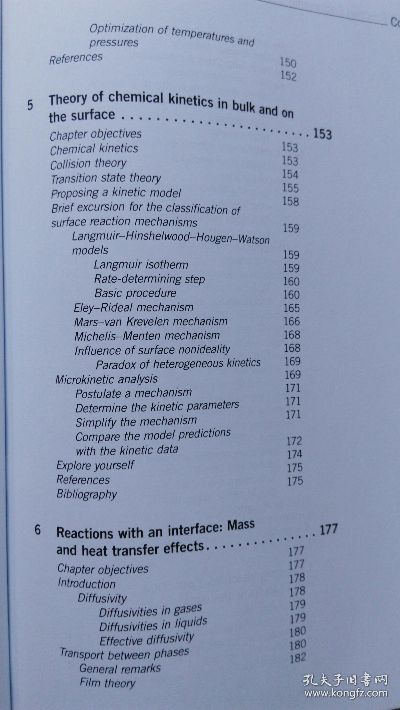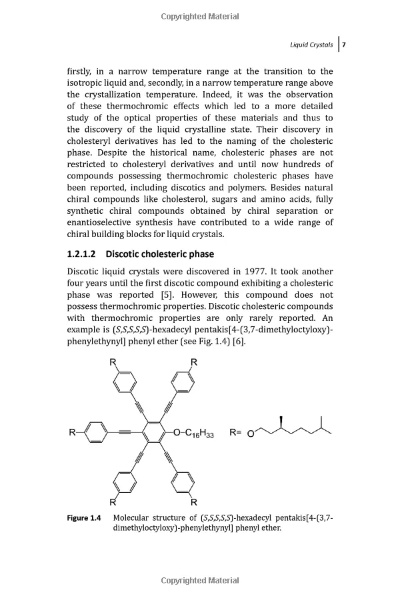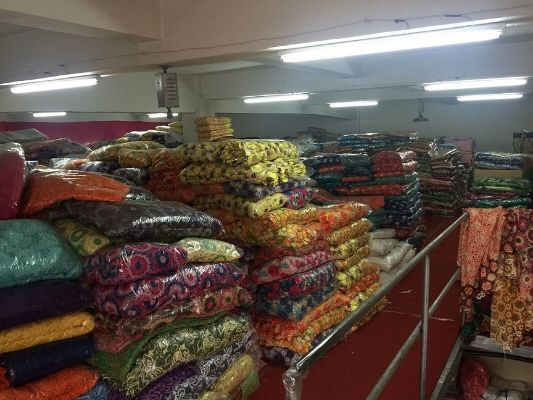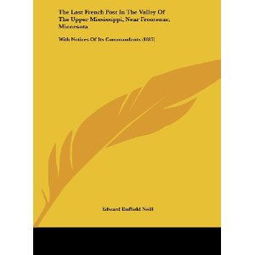A Comprehensive Guide to Textile Chemical and Physical Testing
This comprehensive guide provides a detailed overview of the various textile chemical and physical testing methods. The guide covers topics such as color fastness, water absorption, shrinkage, tensile strength, and elongation. It also includes information on how to interpret test results and how to use these tests to determine the quality of a textile product. Additionally, the guide covers the different types of textiles and their specific testing requirements. Overall, this guide is an essential resource for anyone working with textile materials or testing them for quality assurance purposes.
Introduction Textile products are integral components of our daily lives, providing comfort, functionality, and aesthetic appeal. However, their quality and safety can be compromised by various factors such as chemical contaminants, physical defects, and microbial growth. To ensure that textiles meet the standards set by regulatory bodies and consumer expectations, comprehensive testing is essential. In this guide, we will explore the various types of chemical and physical tests that can be conducted on textiles, including examples from real-world scenarios.
Chemical Testing Chemical testing is crucial for identifying any harmful substances or pollutants present in textiles. Some common chemicals tested include dyes, pigments, fragrances, and finishes. These chemicals may cause allergic reactions, skin irritation, or even respiratory problems if they are not properly controlled during production.
-
Dye Content Testing Dye content testing is used to determine the amount of dyes and pigments present in textiles. It is important to ensure that these substances do not exceed safe limits, which vary depending on the type of dye and its application method. For example, acrylic dyes are typically lower in toxicity than reactive dyes, which contain more complex molecules.
-
pH Testing pH testing is used to measure the acidity or alkalinity of textile samples. This information is critical for ensuring that textiles do not release harmful chemicals into the environment or human skin when washed. For instance, fabrics with high pH levels may harbor bacteria that can cause infections.

-
Residue Testing Residue testing involves detecting any remaining chemicals on textiles after washing. This is particularly important for items like clothing and upholstery, where stains can persist over time. For example, a study found that carpets with high levels of dye residue had higher levels of mold growth compared to those with low levels.
-
Microbial Testing Microbial testing is essential for ensuring that textiles are free from harmful bacteria and fungi. This includes testing for mold, yeast, and other microorganisms that can cause spoilage or allergies. For example, a study found that fabrics with high levels of mold had significantly higher levels of allergenic proteins than those with low levels.
Physical Testing Physical testing measures the quality and integrity of textiles, including their strength, flexibility, and durability. These tests are critical for ensuring that textiles can withstand normal wear and tear without breaking down prematurely.
-
Tensile Testing Tensile testing is used to measure the breaking strength of textile materials. This test involves stretching a sample until it breaks, and measuring the force required to do so. For example, a study found that synthetic fabrics with higher tensile strength had better resistance to wrinkling and shrinkage than those with lower strength.
-
Tearing Testing Tearing testing is used to measure the ability of textiles to resist tearing under specific conditions. This test involves pulling a sample apart along a predefined path, and measuring how much force is required to do so. For example, a study found that fabrics with higher tear strength had better resistance to tears caused by heavy machinery or rough handling.
-
Shrinkage Testing Shrinkage testing is used to measure the extent to which textiles contract when subjected to heat or moisture. This information is critical for ensuring that textiles do not become too tight or uncomfortable to wear over time. For example, a study found that fabrics with low shrinkage had better elasticity and fit than those with high shrinkage.
-
Stretch Testing Stretch testing is used to measure the degree to which textiles can be stretched before breaking. This test involves stretching a sample until it reaches its maximum length, and measuring the resulting change in length. For example, a study found that fabrics with higher stretch properties had better elasticity and recovery than those with lower stretch properties.
Case Study: Textile Safety Standards In the United States, the Occupational Safety and Health Administration (OSHA) requires textile workers to wear protective clothing and equipment to prevent exposure to hazardous chemicals. The National Fire Protection Association (NFPA) also sets guidelines for fire safety in textile manufacturing facilities. These standards aim to minimize workplace accidents and injuries by ensuring that textile products meet certain safety requirements.
Conclusion Textile testing is an essential part of ensuring that textiles meet consumer needs and regulatory standards. By conducting comprehensive chemical and physical testing, manufacturers can identify and address potential issues before they impact the quality and safety of their products. As technology advances, new testing methods and tools will continue to emerge, further enhancing our understanding of textile performance.

纺织品理化检测概述
纺织品理化检测是确保纺织品质量的重要手段,涵盖了多个方面的检测项目,以下是关于纺织品理化检测的一些主要内容和相关案例。
纺织品理化检测的主要内容
- 纤维成分检测:通过分析纤维的种类、长度、直径、含杂率等指标,了解纤维的质量和性能。
- 织物结构检测:通过观察织物的纹理、密度、弹性等指标,评估织物的结构稳定性和舒适度。
- 化学成分检测:检测纺织品中的化学物质,如染料、助剂等,确保纺织品的安全性和环保性。
- 物理性能检测:包括拉伸强度、撕裂强度、耐磨性、抗皱性等,评估纺织品的耐久性和使用性能。
- 微生物检测:检测纺织品中是否存在细菌、霉菌等微生物,确保纺织品的安全卫生。
案例说明
纤维成分检测案例
某品牌的新款丝绸面料,经过理化检测后发现其主要成分是天然蚕丝,不含任何化学添加剂,该面料具有柔软舒适、透气性好等特点,深受消费者喜爱。
织物结构检测案例
某品牌的棉质T恤,经过理化检测后发现其织物结构紧密,手感舒适,符合人体工程学设计,该产品受到了消费者的广泛好评。
纺织品理化检测的具体方法
纤维成分检测方法

(1)元素分析:通过分析纤维中的碳、氢、氧等元素含量,确定纤维的种类和含量。 (2)显微镜检查:通过放大观察纤维的微观结构,了解纤维的质量和性能。
织物结构检测方法
(1)织物密度测试:通过测量织物的厚度和面积,计算织物的密度。 (2)手感测试:通过观察织物的纹理和手感,评估织物的结构稳定性和舒适度。
英文表格补充说明
以下是关于纺织品理化检测的一些英文表格补充说明:
纺织品理化检测项目列表
| 项目名称 | 描述 | 方法/仪器 |
|---|---|---|
| 纤维成分检测 | 分析纤维的种类、长度、直径、含杂率 | 元素分析仪、显微镜观察 |
| 织物结构检测 | 观察织物的纹理、密度、弹性 | 密度测试仪、手感测试仪 |
| 化学成分检测 | 检测纺织品中的化学物质,如染料、助剂等 | 化学分析仪 |
| 物理性能检测 | 拉伸强度、撕裂强度、耐磨性、抗皱性等 | 拉力试验机、耐磨试验机等 |
| 微生物检测 | 检查纺织品中是否存在细菌、霉菌等微生物 | 微生物培养箱等设备 |
纺织品理化检测是确保纺织品质量的重要手段,通过多种方法和仪器进行检测,可以全面评估纺织品的性能和质量,在实际应用中,需要根据具体的产品和需求选择合适的检测方法和仪器,以确保检测结果的准确性和可靠性。
Articles related to the knowledge points of this article:
Leading the Way in Textiles:The Story of Lidu Fabric Factory
The Unique Sicheng Guo League Textile Wholesale Market



